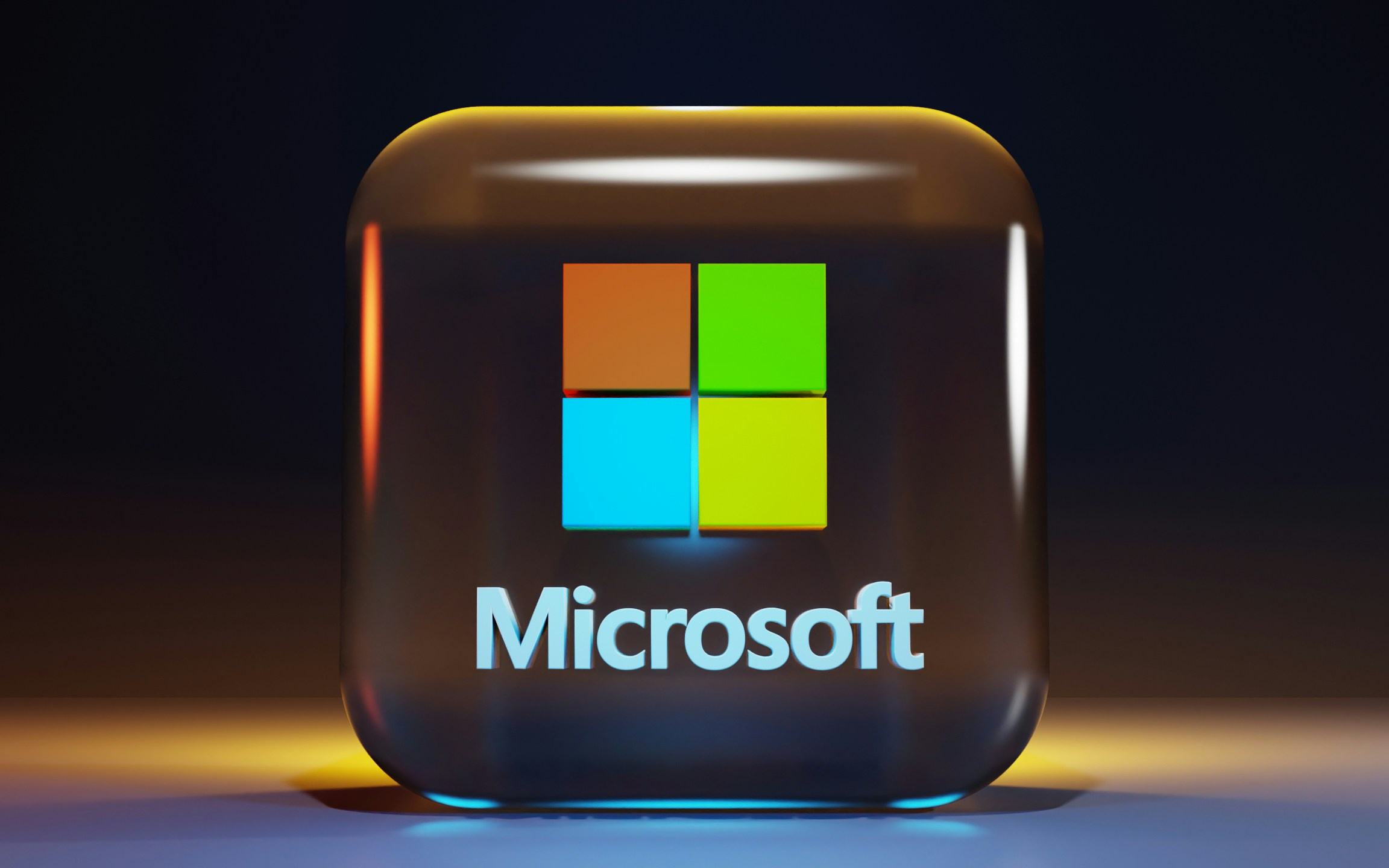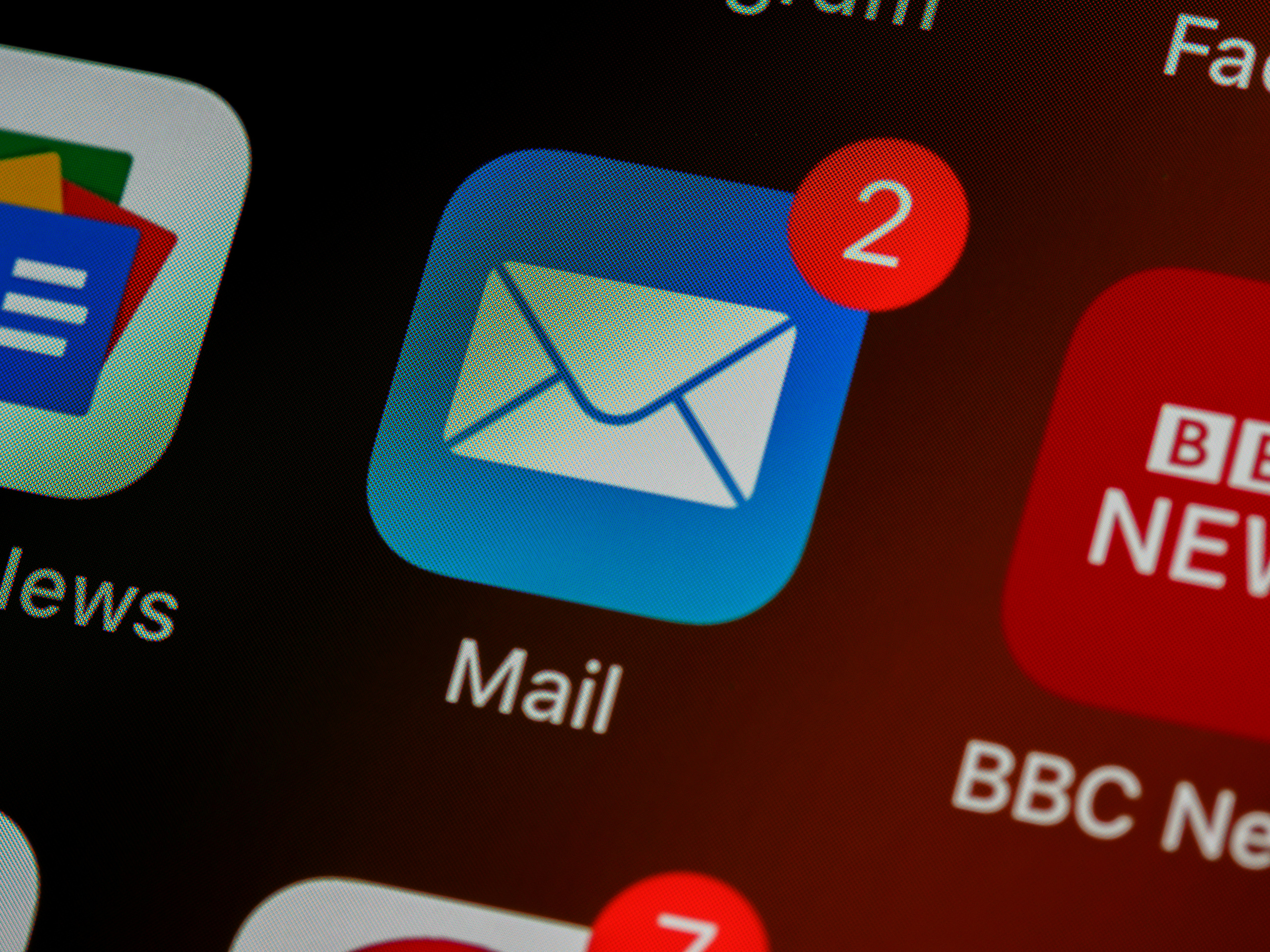Apex Level
Your domain is your reputation — we lock it down.
Behind every email you send, we make sure it’s you. Not a scammer pretending to be you.
Fully managed. Fully invisible. And yes, your emails actually get delivered.

Impersonation-Proof
Email spoofing is more than annoying, it’s dangerous. We deploy advanced email authentication to shut the door on impersonators. Your clients, partners, and vendors will know every message is really from you. No lookalikes. No fake senders.

Inbox-First Deliverability
Even legit emails end up in spam. If your domain isn’t configured right. We optimize your setup to meet the highest deliverability standards across Gmail, Microsoft 365, and more. The result? More of your emails land where they’re supposed to: in the inbox, not the junk folder.

Zero Maintenance
No dashboards to learn. No acronyms to memorize. No updates to track. We monitor your domain 24/7, apply the right changes when needed, and send you clean reports that make sense. You focus on your business. We handle the backend. Period.

Enterprise-Grade Infrastructure
We run everything on the same hardened systems trusted by major banks, cybersecurity firms, and Fortune 500s. It’s industrial-strength email protection, without the bloated contracts or in-house IT teams. You get elite performance without the overhead.
"But why do I need to secure my email?"
Google has taken bold steps to protect its 2.5 billion Gmail users, including major changes to email authentication rules. New research shows this move is one of Google’s most effective security updates, helping defend against widespread spam and malicious attacks—especially as 90% of emails are spam and 20% of those contain threats.
Email remains a major cybersecurity threat, with attackers bypassing security in platforms like Microsoft 365, PayPal, and Gmail. In 2024 alone, 427.8 million dangerous emails were reported. Brand impersonation is a key tactic, but experts suggest that enforcing a single security rule—like proper email authentication—could significantly reduce these risks.
The FBI, NSA, and U.S. Department of State have issued a warning about rising state-sponsored email attacks. The North Korea–linked group APT43 is impersonating trusted individuals to steal sensitive data. Officials strongly urge all domain owners to enforce DMARC to stop spoofing and secure communications.
"It’s just email… right?"
Microsoft has released key updates to how Exchange handles DMARC authentication failures, giving administrators expanded tools to combat rising email-based threats. These improvements help prevent malicious messages from ever reaching end users — a major step forward in securing today’s digital communications.
Microsoft is rolling out stricter email authentication rules for Outlook.com, Hotmail, and Live, impacting over 500 million users. These changes aim to stop mass phishing and spam that flood inboxes every day. Experts say the new DMARC and DKIM requirements are crucial for better email security—senders must comply by May 5, 2025.
As UAE’s travel industry surges, cybercriminals exploit fake booking confirmations, flight changes, and deals to steal data and money. To combat this, 85% of top UAE travel brands now use DMARC email security to block fraudulent emails. While progress is strong, more work is needed to fully protect holidaymakers.
"Still think email security is optional?"
The National Cyber Emergency Response Team (National CERT) has issued a fresh advisory highlighting cyber threats arising from email misconfigurations, urging both public and private sector organizations to take immediate security measures to protect against phishing, spoofing, and business email compromise attacks.
In early 2024, Gmail and Yahoo enforced strict DMARC rules for bulk senders. A year later, many remain noncompliant, risking deliverability, security, and trust. Without authentication, emails are flagged as spam or spoofed. DMARC is no longer optional, it’s essential for inbox placement and credibility.
A stealthy phishing campaign is exploiting neglected subdomains and outdated DNS records to send spoofed emails that appear legitimate. Even organizations with DMARC in place are being affected. The real defense now isn’t just setup, it’s ongoing monitoring and proactive DNS hygiene.









